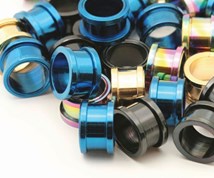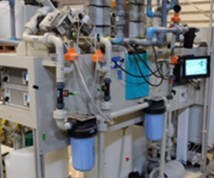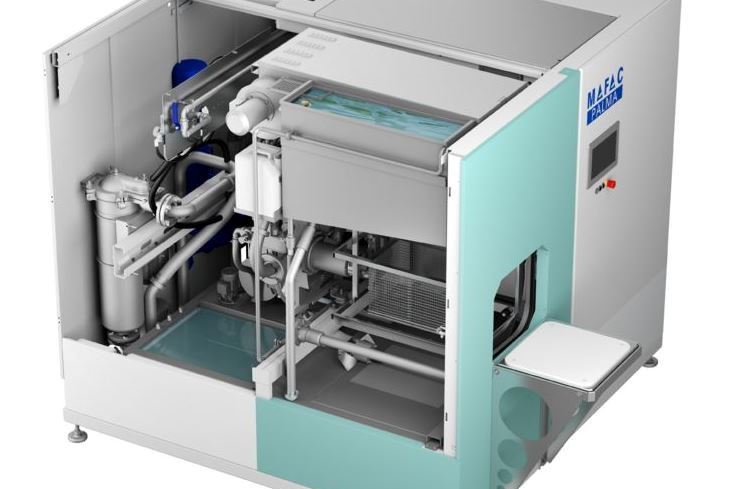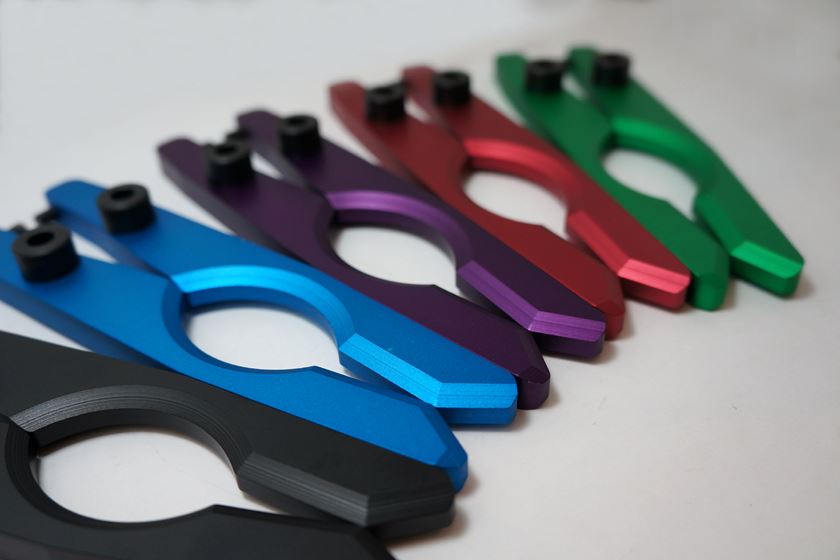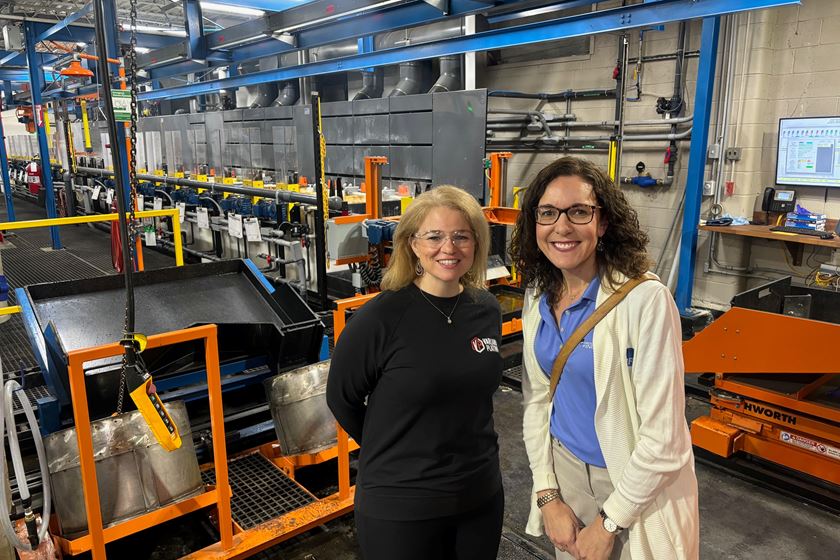Tin/Zinc Electroplating
What can you tell me about tin/zinc plating, and what kind of current density is necessary to get a consistent deposit on surfaces?
Q. I am trying to find information on alloy plating, specifically tin/zinc. What can you tell me about this particular type of plating, and what kind of current density is necessary to get a consistent deposit on surfaces? P.R.
A. Tin/zinc plating has been investigated and characterized by a number of different individuals. The most common plating bath is the sodium stannate/zinc cyanide bath. The details of this bath are:
Featured Content
| Component | Concentration |
Sodium stannate Na2SN(OH)6 | 67 g/L (30 g/L tin) |
Zinc cyanide Zn(CN)2 | 4.5 g/L (2.5 g/L zinc) |
| Sodium hydroxide | 5 g/L |
| Sodium cyanide | 28 g/L |
| Operating Parameters | Recommended Values |
| Bath temperature | 145°F ±5°F |
| Cathode current density | 10-30 ASF |
| Anodic current density | 7-15 ASF |
There are a few other things you must keep in mind when operating this plating bath.
As in most alloy plating baths, control of the various components and parameters is very important. The composition of the plated alloy is governed by the ratio of the concentration of tin and zinc in the solution, the hydroxide ion concentration, and the cathode current density. Increased hydroxide concentration results in lowering of the current efficiency for tin deposition and leads to increased zinc deposition. The alloy composition is most easily controlled by controlling sodium hydroxide concentration.
Current efficiency of this bath is also strongly temperature dependent. The temperature should be maintained at as high a temperature as practical, however at higher temperatures, decomposition of cyanide occurs more rapidly, and if this is not kept under control it will lead to an increased amount of zinc in the alloy deposit.
You must also pay attention to the composition of the anodes used in this bath. For example, if you are trying to deposit in alloy of 80/20 tin/zinc, you should use anodes that are the same composition.
Some other types of baths have been developed, such as baths that substitute other complexing agents for cyanide, but in all of the cases that I am familiar with these baths have not been commercialized.
RELATED CONTENT
-
Gold and Silver Plating Basics
An overview of precious metal electroplating processes.
-
Masking for Surface Finishing
Masking is employed in most any metal finishing operation where only a specifically defined area of the surface of a part must be exposed to a process. Conversely, masking may be employed on a surface where treatment is either not required or must be avoided. This article covers the many aspects of masking for metal finishing, including applications, methods and the various types of masking employed.
-
Choosing and Troubleshooting Copper Electroplating Processes
Learn more on this inexpensive and highly efficient process.




